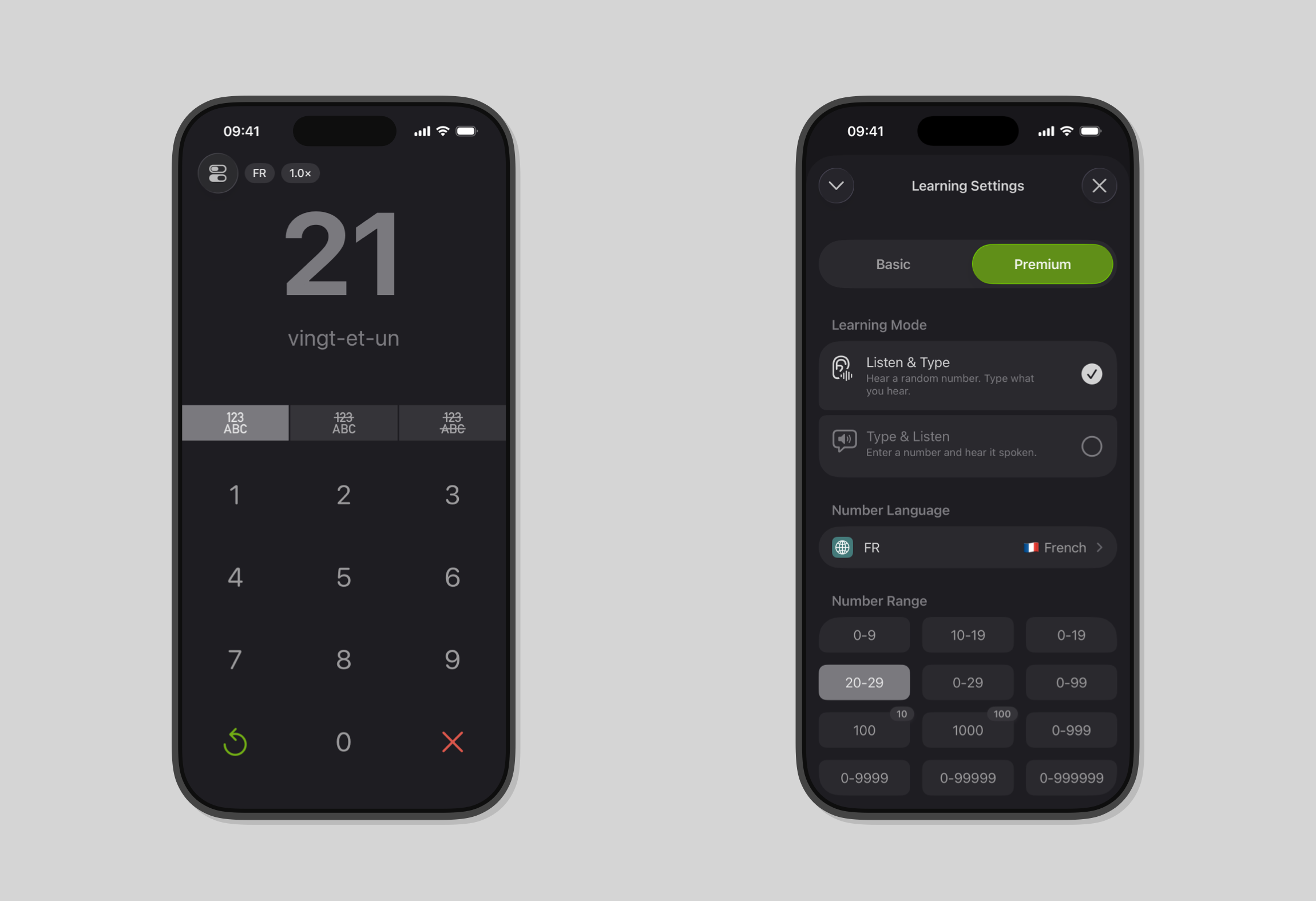
Numfred Blog
French numbers are among the most fascinating in any language, where simple counting can suddenly turn into a mental math exercise. But why is the system so unique, and more importantly, how can you learn it in a fun and engaging way?
This article will guide you through the peculiarities of French numbers and provide effective strategies to train your listening comprehension.
The French numbering system isn't as straightforward as you might be used to. Instead of a simple progression to 100, French uses a vigesimal (base-20) system for numbers 70 and above. This system is based on multiples of twenty:
It might seem complicated at first, and it certainly takes some getting used to. However, with the right techniques, you can master this system surprisingly quickly.
These fundamental numbers are the building blocks for all larger numbers in French:
Pronunciation Tip: Pay close attention to the nasal sounds in "cinq" [sɛ̃k] and "quinze" [kɛ̃z], and note the silent "x" in "six" and "dix" (unless they precede a vowel).
Between 21 and 69, the French system follows a more conventional and logical pattern:
The best way to learn numbers is through regular, low-pressure practice. Numfred is a dedicated language learning app for iPhone designed to help you learn French numbers effectively by playfully training your listening comprehension.
With Numfred, you can learn numbers not only in French but also in English, Spanish, Chinese, Italian, and many other languages.

Find out more in our article on number training in foreign languages or on the Numfred App website.
For more tips, check out our blog for other articles and exercises.
Yes, French numbers can seem complicated at first glance. However, by understanding the logic behind the system, practicing your listening skills regularly, and using intuitive apps like Numfred, you'll overcome these hurdles surprisingly quickly.
Happy learning!